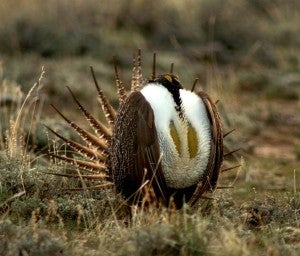
Will Harman at the Smith-Austin site explaining the restoration efforts that took place in this particular creek, such as re-meandering the channel and planting riparian vegetation.
Streams are one of the most important sources of drinking water across the country. That’s why it is especially alarming that scientists have concerns about North Carolina’s streams and rivers, where I get much of my drinking water.
But streams aren’t just for drinking. These waterways provide countless other benefits to local communities, including recreational opportunities, flood control, improved fish and wildlife habitat, and irrigation for agriculture, to name a few. That’s why it’s vitally important that impacts to streams are offset with effective restoration.
Earlier this month, I visited the site of a successfully restored stream not far from my home with Will Harman, stream mitigation expert at Stream Mechanics and partner to our stream work at EDF.
Will has been working with streams for over 25 years – first launching the stream restoration program at North Carolina State University, and then starting his own private company for stream restoration and mitigation. His three-pronged approach involves conducting applied research, teaching and completing projects.
During our site visit, I had the opportunity to ask Will several questions about the site, the tools he uses to design stream restoration projects, and next steps for protecting streams in North Carolina and beyond.










